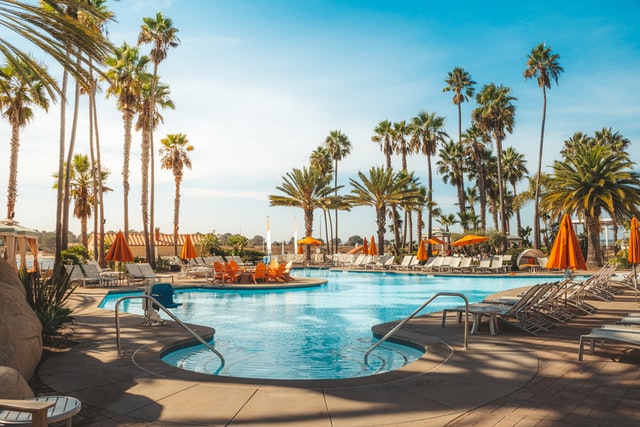An attractive nuisance is defined as a building, object, or other area that attracts visitors who may or may not be welcome. These areas may not be properly fenced in or contain warning signs of their impending dangers. Attractive nuisance injuries can be quite serious, and sometimes even fatal, yet they are often preventable. Employers have the power to stop entrance onto their property to discourage trespassers from coming in and getting hurt. For you, this may mean putting up fencing around your swimming pool, posting “No Trespassing” signs, or placing a pool cover on your pool at the end of each workday.
A swimming pool can pose a danger to trespassers at any time of year, as demonstrated in Bennett v. Stanley, decided by the Ohio Supreme Court in 2001. The court created the “attractive nuisance doctrine,” stating that properly owners are liable for the harm of trespassing children. In this case, the pool was abandoned and needed repair when a child crawled through a hole in the fencing and fell in. His mother attempted to save him, though they both ended up drowning.
Whether pools are closed, unsupervised, or full of swimmers, you must take steps to prevent trespassers from entering your property and harming themselves.
What is Owner Liability?
As the owner of the property, you are responsible for assuring that visitors, guests, and trespassers are safe and avoid injury. You need to take all precautions with pools such as covering to avoid accidental drowning, placing sturdy fencing around the area, and display warning signs of pool hours. In addition, all safety equipment should be stored and locked at the end of each day to avoid trespasser tampering. Any other equipment that presents attractive nuisance dangers, such as water features, rides, or heavy equipment, should also be adequately fenced off or locked down.
What is Premise Liability?
Property owners are also liable for the maintenance and security that the property needs so that it remains safe for all visitors. This includes the following:
- Fixing cracks or gaps in walkways to avoid slip and fall dangers
- Locking all hazardous tools, equipment, and chemicals away from the public
- Ensuring that employees can conduct work duties without the risk of injury
- Hanging floodlights in areas with low visibility
- Hiring security guards for added protection
- Installing rescue equipment, like ropes and poles
- Installing alert devices, such as flashing lights, sirens, alarms, and telephones to alert security that someone has trespassed onto the premises
With regard to attractive nuisance cases, negligence means that the property owner was aware that someone could get hurt on the property and did nothing to prevent it. Take all necessary precautions to protect individuals on your property. For more assistance in protecting your property, contact us today.




